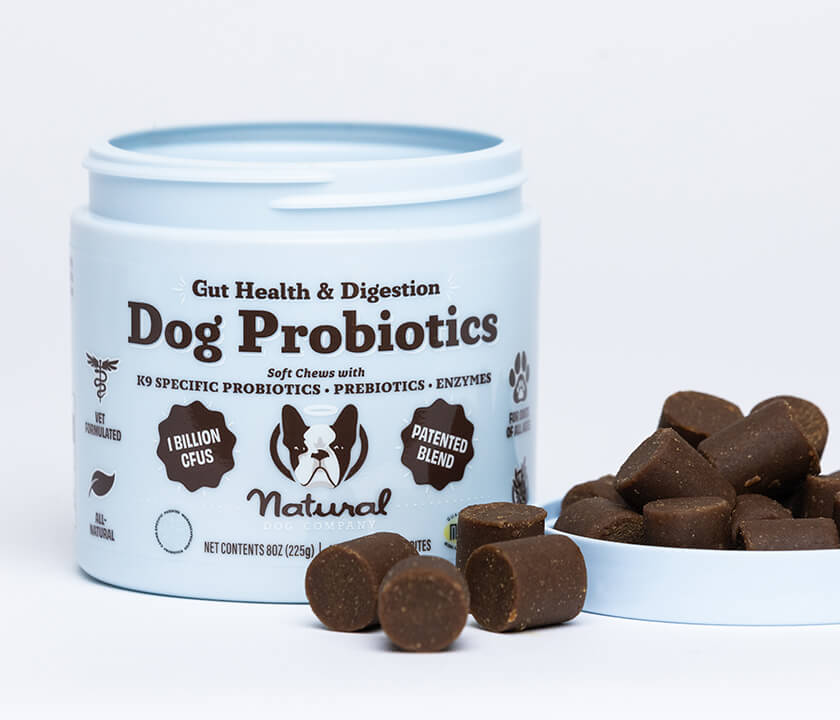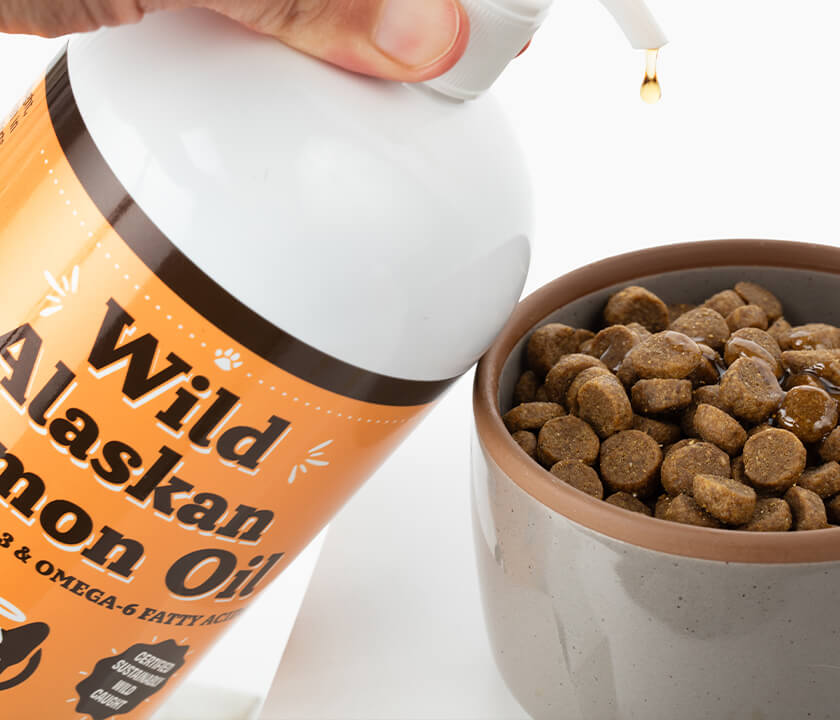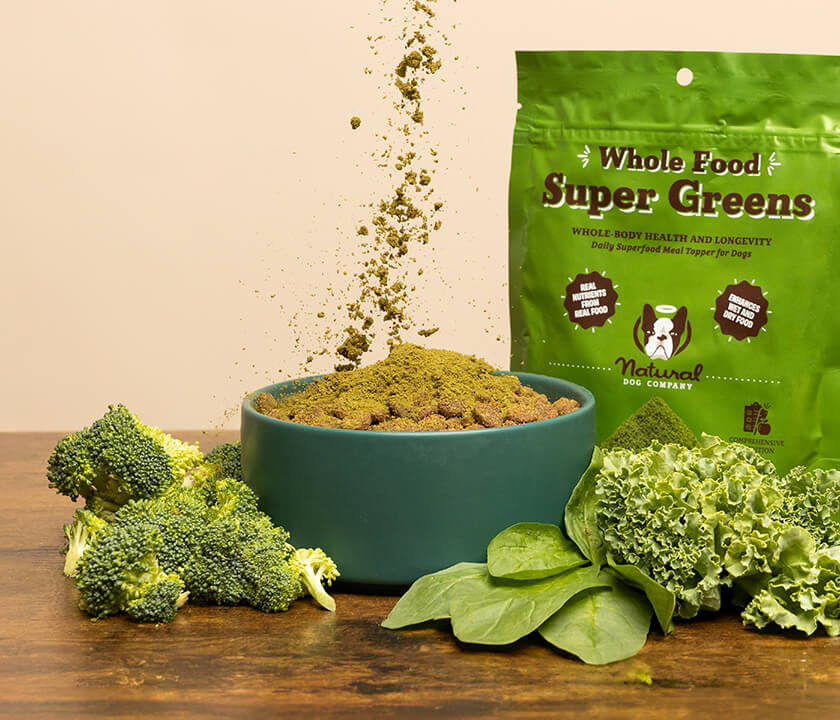Dog post-surgery wound care is so important if you want your pup to quickly bounce back after surgery of any kind, from standard neutering to something more complex, such as tumor removal. Here are 6 important post-surgery wound care tips to keep in mind for a pawesome recovery!
Dog Post Surgery Wound Care Tip #1: Keep Your Dog Isolated From Kids & Other Animals
Even the nicest dogs can get snappy post-surgery. It’s not worth taking any risks and it’s for the best. Keeping your dog isolated from other animals and small children can prevent him or her from getting injured. Young ones and hyper dogs  may encourage your pup to move too quickly before they have healed, they could also lick or paw at your dog’s post-surgical wounds.
may encourage your pup to move too quickly before they have healed, they could also lick or paw at your dog’s post-surgical wounds.
Dog Post Surgery Wound Care Tip #2: Go For Lots Of Bathroom Breaks The Day Of & The Day After Surgery
Take your dog out to use the restroom more often than you normally would the day of and the day after surgery. The IV fluids your dog received during surgery have to come out somehow! Dogs may urinate as often as every hour or every few hours; some dogs even pee in their sleep!
Dog Post Surgery Wound Care Tip #3: Provide Water By Hand
Your dog might not feel thirsty, but don’t let that fool either of you. Your dog needs fluids more than ever right now, so make sure to offer them water on a regular basis. Don’t leave them unattended with a water bowl though. It is possible for a groggy dog to pass out and drown in it.
Dog Post Surgery Wound Care Tip #4: Keep Wounds Dry
Avoid baths, swimming in the pool or any other contact with water following surgery. You should even take extra precautions before going for a walk in the rain. Talk to your vet to find out when exactly your dog’s post-surgical wounds can get wet again.
Dog Post Surgery Wound Care Tip #5: Don’t Let Your Dog Lick & Chew
If your dog licks and chews at their post-surgical wound they will open up stitches and create nasty infections. Unfortunately, just about every dog on the planet can’t resist licking and chewing their wounds. That’s why the dreaded post-surgical pet cone was invented! Make sure your dog wears it for as long as your vet recommends – don’t even think about giving into those big sad eyes.
Dog Post Surgery Wound Care Tip #6: Keep Wound Clean & Moisturized To Promote Healing
 Your vet should provide dog post-surgery wound care instructions that detail how to clean the wound, drain it (if necessary), bandage it or whatever the case may be. Always talk to your vet first before applying any products to your dog’s post-surgical wounds. In most cases, vets tend to agree that applying Skin Soother to post-surgical dog wounds can help soothe, moisturize and heal post-surgery wounds.
Your vet should provide dog post-surgery wound care instructions that detail how to clean the wound, drain it (if necessary), bandage it or whatever the case may be. Always talk to your vet first before applying any products to your dog’s post-surgical wounds. In most cases, vets tend to agree that applying Skin Soother to post-surgical dog wounds can help soothe, moisturize and heal post-surgery wounds.
Every carefully sourced all-natural and vegan ingredient inside of Skin Soother packs a powerful purpose. For instance, Vetiver offers anti-inflammatory properties, and Niaouli is a natural analgesic, bactericidal and antiseptic that helps relieve pain and kill bacteria. Learn about all of Skin Soother’s ingredients here.
Try Skin Soother risk free today. Your pup is sure to thank you for it!












